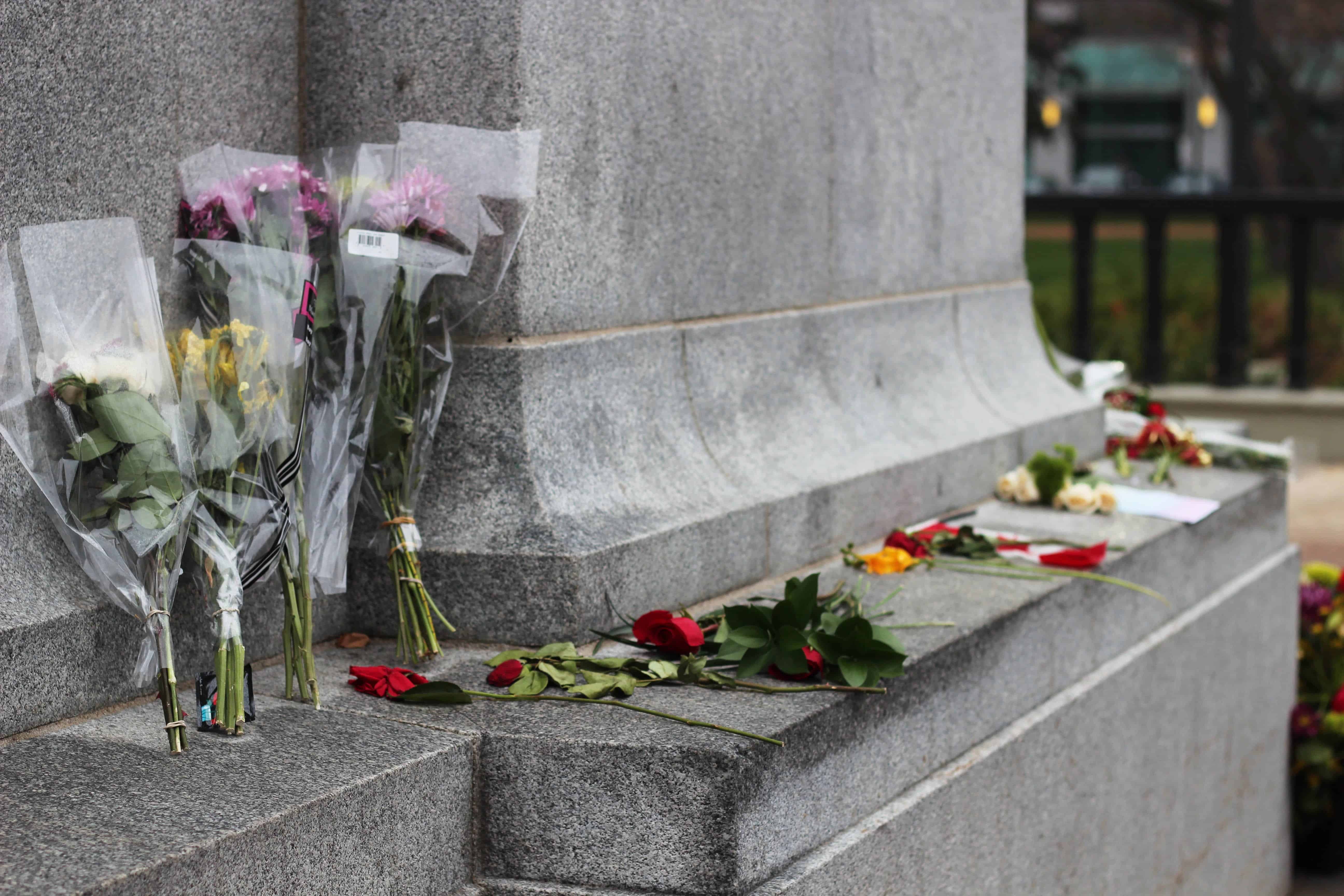Treaty proposes end to “existential threat” of nuclear weapons

Canada refuses to ratify
On January 22, the Treaty on the Prohibition of Nuclear Weapons (TPNW) went into force. First adopted by the UN in 2017, it took three years for the prohibition to be ratified by 50 countries – the threshold at which it could be made into binding international law. At present, 52 states have ratified the treaty. For some, the end of the Cold War and the ever-increasing urgency of the climate crisis have pushed concerns about nuclear proliferation to the periphery. But experts stress that the nuclear threat is the highest it’s been in decades, be it from escalating tensions at international borders, like the one between Indian and Pakistan, or from nuclear terrorism. Extremist groups like Al-Qaeda and Atomwaffen have expressed interest in obtaining nuclear weapons and the well-documented presence of white supremacists in the military puts the far-right in increasingly close contact with nuclear weapons and weapons-usable material. The TPNW proposes that it is not enough for states to cease the production of nuclear weapons, but that those weapons that currently exist must also be destroyed.
None of the nuclear powers – China, North Korea, the UK, the US, France, India, Pakistan, Russia, and presumably Israel – have signed on to the treaty, meaning they’re not bound by it. But the International Campaign to Abolish Nuclear Weapons (ICAN) believes that the treaty has the power to influence the behaviour of nations who are not yet party to it. According to ICAN, “underpinning the decision by governments and civil society to pursue the nuclear weapon ban treaty was the belief that changing the rules regarding nuclear weapons would have a profound impact even beyond those countries willing to join it at the outset.” The belief – which has borne out with other weapons prohibitions, like the ones against landmines and cluster bombs – is that as more countries ratify the treaty, public and international pressure on nuclear-armed countries will increase until ratification is no longer avoidable. Additionally, the treaty establishes ethical and legal boundaries that put pressure on financial institutions to divest from companies that build and maintain nuclear weapons.
It’s far from the first resolution on nuclear weapons that has been adopted by the UN. The first resolution ever adopted by the General Assembly in 1946 called for the elimination of nuclear weapons from national armaments. However, since that first resolution, nuclear weaponry has not decreased, but increased exponentially. Nine countries now call themselves nuclear powers and more than 13,400 nuclear weapons exist on the planet, many of which are far more powerful than the ones dropped on Hiroshima and Nagasaki in 1945. According to ICAN, “less than one percent of the nuclear weapons in the world could disrupt the global climate and threaten as many as two billion people with starvation in a nuclear famine. The thousands of nuclear weapons possessed by the US and Russia could bring about a nuclear winter, destroying the essential ecosystems on which all life depends.”
While some states pursued nuclear testing and development, others recognized the existential threat posed and resolved on their own not to develop nuclear weapons. The 1967 Treaty of Tlatlelco saw the countries of Latin America agree not to test or develop nuclear weapons, a resolution they have abided by. And in 1985 the South Pacific became a nuclear-free zone, followed by Southeast Asia in 1995 and the entire continent of Africa in 1996. By 1996 the former Soviet republics of Belarus, Ukraine, and Kazakhstan had all turned over their nuclear arsenals for destruction.
Although Canada is not a nuclear power, ICAN considers the country to be a “nuclear-weapon endorser” for its refusal to sign the TPNW and for its commitment to NATO, which has taken a “you get rid of yours and then we’ll get rid of ours” approach to nuclear weapons (none of NATO’s 30 member states have ratified the treaty despite high levels of support from the public for them to do so). Carrying on with the foreign policy decisions that cost it a seat on the UN Security Council last year, Canada has approached the treaty with hostility. In 2016, Canada voted against the UN resolution to establish talks on the complete prohibition of nuclear weapons and in 2017 the country refused to participate in those talks. That same year Prime Minister Justin Trudeau was criticized for not congratulating ICAN, the winners of that year’s Nobel Peace Prize, and for saying that it was “sort of useless” to have non-nuclear powers be a part of a nuclear treaty. At the same time, Canada claimed to be “committed to a world free of nuclear weapons.”
As climate change alters the distribution of land and resources, nations will need to find new ways of dealing with each other if brutal wars over resources are to be avoided. Nuclear weapons and the threat they pose – that millions of people could be wiped out with a single bomb, and that large areas of arable land could be rendered useless – are a barrier to a more humane model of international relations. And nuclear weapons create problems even if they aren’t used. While people worldwide struggle to find adequate food and shelter, billions of dollars are spent every year developing, maintaining, and updating nuclear weapons systems. And as the January 6 attack on Capitol Hill showed, nuclear-armed states are not immune to the kinds of civil strife that threatens to put nuclear weapons in the hands of those who would use them to advance their own agendas, meaning we cannot – if we ever could – rely on the safeguards that nuclear powers put in place to prevent the use of warheads by state militaries.







